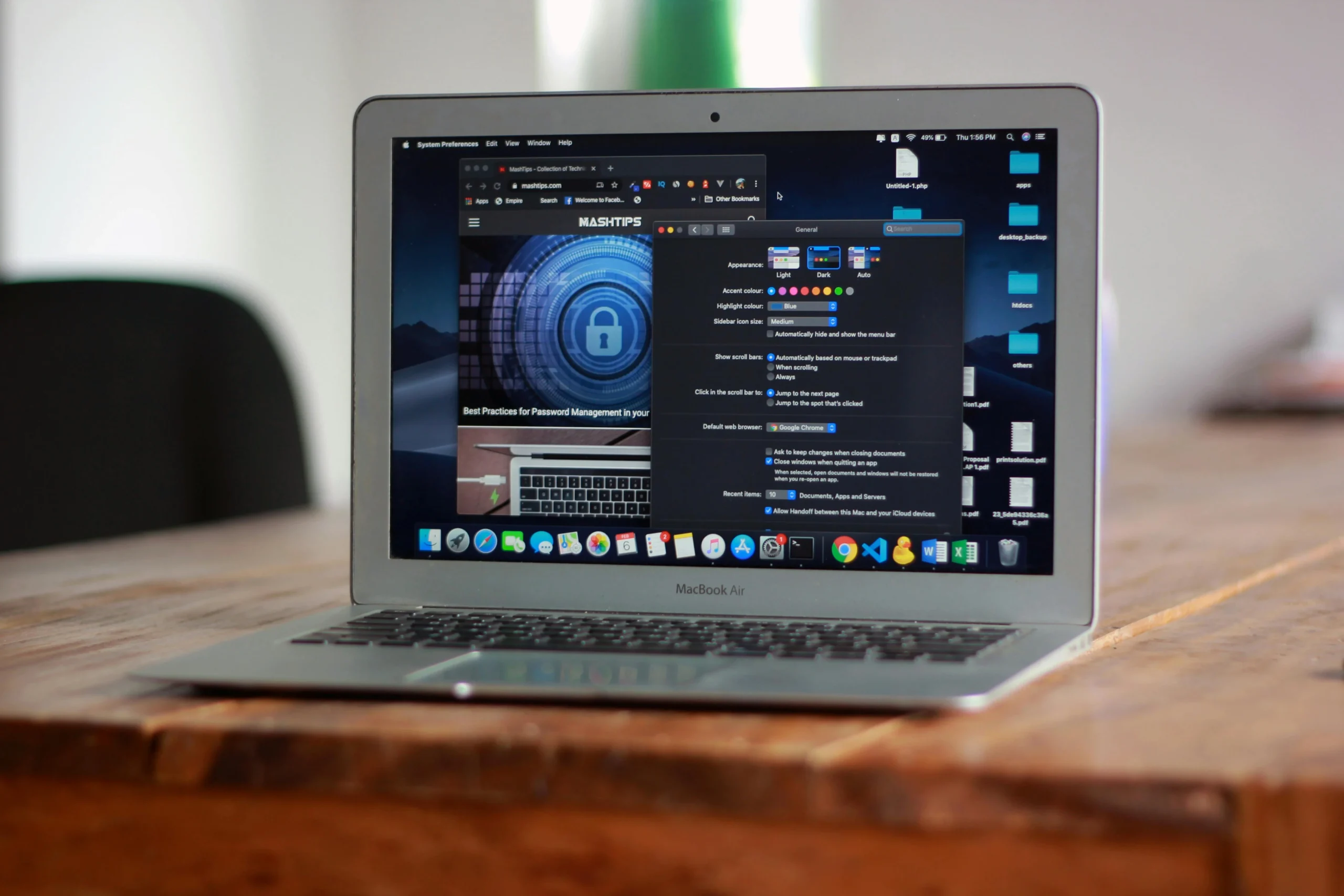Cybersecurity is increasingly complex, as threats evolve rapidly due to AI-generated malware and sophisticated attacker behavior. A survey revealed that 74% of cybersecurity professionals view AI-powered threats as a significant challenge. Current training models are inadequate as they are often outdated, compliance-focused, and fail to reflect the dynamic threat landscape. To address this, organizations should adopt Continuous Threat Exposure Management (CTEM), which focuses on daily threat-informed practices and cross-functional collaboration.
CTEM emphasizes operational resilience through real-time breach simulations and continuous feedback loops, distinguishing it from traditional, isolated training methods. This approach systematically hones defenses against relevant threats, encouraging organizations to adapt their strategies continually. Furthermore, AI can enhance training by personalizing learning experiences and identifying skills gaps. However, it should not replace hands-on, context-aware training scenarios.
Ultimately, successful implementation of CTEM requires cultural integration within organizations, fostering collaboration among security teams. By embracing CTEM, organizations can anticipate and rapidly respond to threats. This shift not only prepares teams for immediate incidents but also cultivates a resilient security posture that evolves alongside emerging threats.
👉 Pročitaj original: CyberScoop







